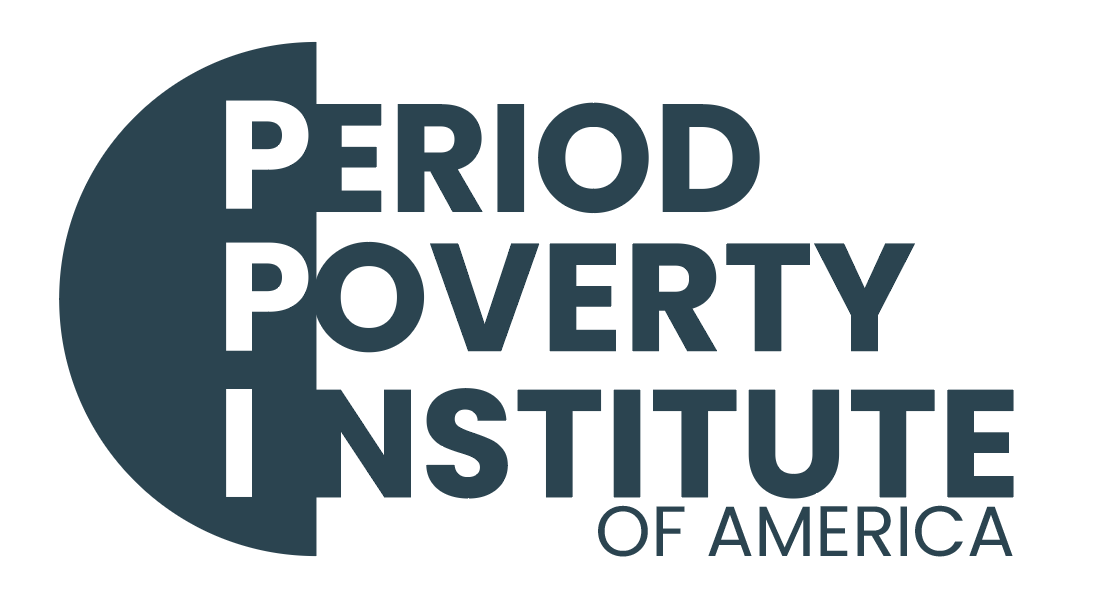Menstrual products are a basic necessity, but for many Americans, they are unaffordable. Despite being required monthly, period products are not covered by most public assistance programs, and they are taxed as non-essential items in several states.
For households already navigating tight budgets, menstrual care competes with groceries, transportation, and rent. This financial strain disproportionately affects women and girls, who often go without or improvise with unsafe materials.
The economic impact goes deeper. Women who cannot afford period supplies are more likely to miss work or school, undermining their long-term stability and independence. Advocates are increasingly framing menstrual access as a cost-of-living issue, pointing to data that ties Period Poverty to broader systemic failures.
Organizations focused on menstrual equity are urging local and national policymakers to treat period products like other essential health and hygiene items—with zero tax, universal access, and built-in support across social services.
SOURCES:
Dignity Grows. Period Poverty in America. Dignity Grows, 2023.
Ludwig Institute for Shared Economic Prosperity. “What Is a Living Wage?” LISEP, 2023.
CBS News. “Most Americans Can’t Afford a Middle-Class Lifestyle, New Report Shows.” CBS News, 2024. Updated 2025
